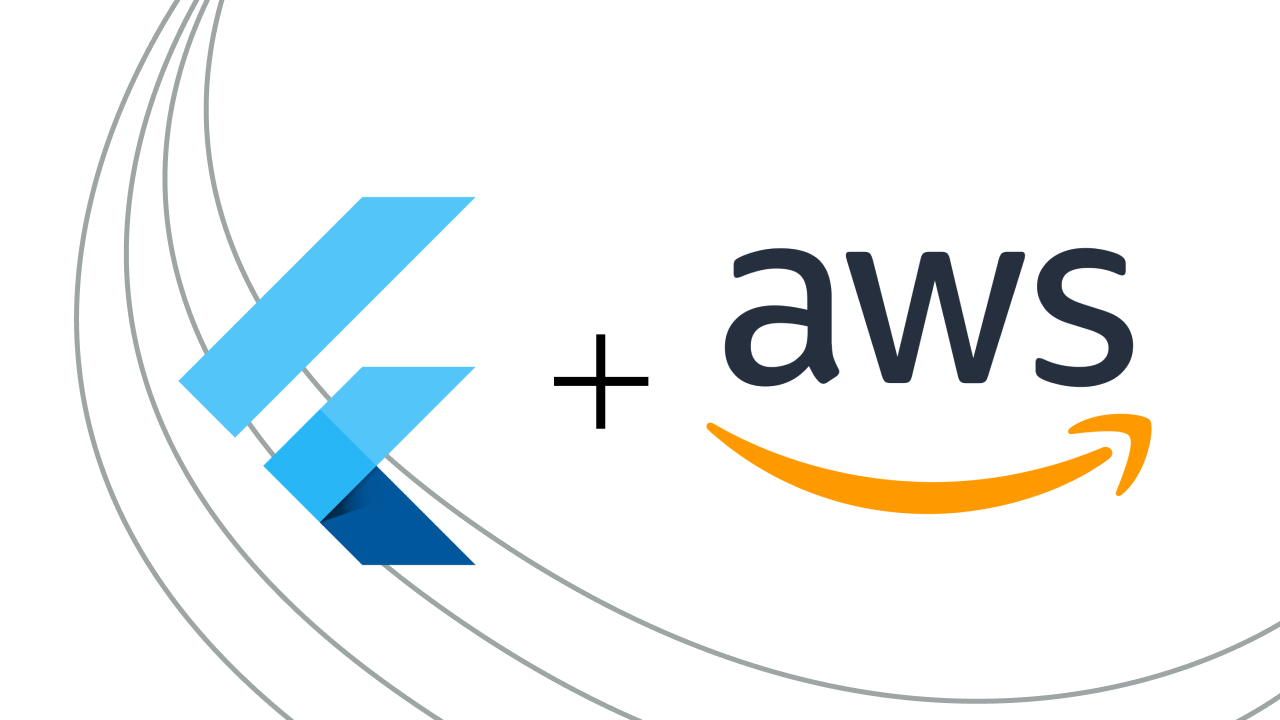
Optimizing Cloud Capabilities During a Migration to Flutter
Optimizing cloud usage is a good practice for any business that is using cloud computing. However, it is especially important during a migration to Flutter, as it can help to ensure a smooth and successful transition. Businesses can right-size their resources, use cost-effective pricing models, and take advantage of discounts and promotions. Businesses can also use automation tools to manage their cloud environments more effectively.
Many businesses are still not optimizing their cloud usage. This is costing them money and making it difficult to manage their cloud environments.
Take, for example, a well-established PR agency in Dubai. Despite having adopted cloud computing several years ago, the absence of a dedicated IT department or a CTO has led to underutilization of this technology. The agency has fallen into the trap of overprovisioning—paying for more cloud resources than actually needed. Moreover, they have not been capitalizing on available discounts and promotional offers, further inflating their costs. The financial ramifications have become increasingly noticeable, with the agency spending thousands of dollars annually on under-optimized cloud services.
Flutter is a cross-platform mobile development framework that allows you to build native apps for iOS, Android, and web from a single codebase. It is a popular choice for developers because it is fast, efficient, and easy to use.
When migrating to Flutter, there are a number of ways to optimize your cloud capabilities:
- Abandon unnecessary data. When you migrate to Flutter, you will need to move your app’s data to the cloud. Take this opportunity to get rid of any data that you no longer need. This will help to reduce your cloud costs.
- Consolidate workloads. If you are currently running multiple applications on different clouds, consider consolidating them into a single cloud. This will make it easier to manage your cloud resources and optimize your costs.
- Assess software licenses. Make sure that you are using the correct software licenses for your cloud applications. You may be able to save money by switching to a more affordable license.
- Consider a hybrid cloud. A hybrid cloud is a combination of public and private clouds. This can be a good option for organizations that need the flexibility of a public cloud but also want to maintain some control over their data.
- Modify your IT operations strategy. When you migrate to Flutter, you will need to modify your IT operations strategy. This includes things like setting up monitoring and alerting systems and defining disaster recovery procedures.
You can optimize your cloud capabilities during a migration to Flutter. This will help you to save money and improve the performance of your applications.
In addition to the tips above, here are some other things to consider when optimizing your cloud capabilities during a migration to Flutter:
- Use a cloud management platform. A cloud management platform can help you to automate tasks such as provisioning, monitoring, and scaling your cloud resources. This can save you time and money.
- Use serverless computing. Serverless computing is a cloud computing model where the cloud provider is responsible for managing the servers and infrastructure. This can be a good option for organizations that want to avoid the hassle of managing their own servers.
- Use containerization. Containerization is a way to package your application and its dependencies into a single unit. This makes it easier to deploy and manage your application in the cloud.
- Use a continuous integration and continuous delivery (CI/CD) pipeline. A CI/CD pipeline automates the process of building, testing, and deploying your application. This can help you to improve the quality and speed of your releases.
By following these tips, you can optimize your cloud capabilities during a migration to Flutter and get the most out of your cloud investment.
Flutter is a powerful cross-platform mobile development framework that can help you to build high-quality apps for iOS, Android, and web. When migrating to Flutter, there are a number of ways to optimize your cloud capabilities. We hope you like the tips shared in article around saving money and improving the performance of your applications.
Book a Meeting with our DevOps and Flutter Consultants to know more how we can help you optimize Cloud during Flutter migration


